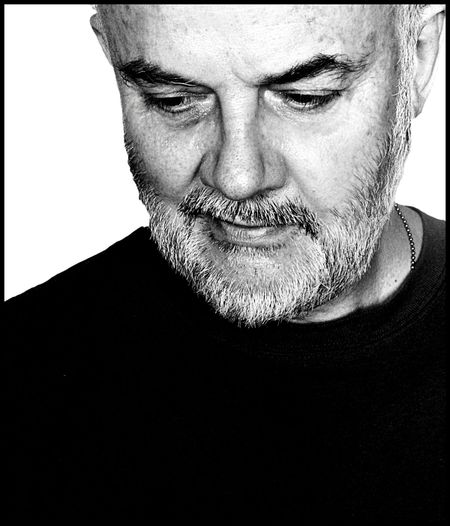Oldfield. Led Zep. John Lydon. High Contrast. All four had been championed early in their careers by John Peel. Drum’n’bass DJ High Contrast, who assembled the soundtrack to the athletes’ parade, had appeared on The John Peel Show with his very first single, released on a small south London label in 2001. As for Oldfield, his multimillion-selling Tubular Bells franchise might have died at birth, had it not been for Peel’s enthusiastic support in 1973. He called it the best album he’d heard since Sgt Pepper and the ball started rolling.
The list continued. Happy Mondays. The Specials. Pink Floyd. New Order. The common factor was Peel. Pink Floyd were virtually the house band on his progressive rock show, Top Gear, in the late 1960s. New Order, emerging hesitantly from the ashes of Joy Division, have admitted they owe their existence to Peel. David Bowie. Frankie Goes to Hollywood. Orchestral Manoeuvres in the Dark. All brought to Radio 1 – and to public attention – by Peel. For Bowie, this meant valuable airplay on Top Gear in 1967–68 at a time when all he had to show for his efforts was a flop single about gnomes. For Frankie Goes to Hollywood, it meant an invitation to perform onstage – in their bondage gear and G-strings – when Peel’s travelling DJ roadshow entertained students at North Cheshire College in Warrington on a December night in 1982. “Relax” was still a year away.
We’re all, in a sense, living in Peel’s world today. Stroll down any high street and you’ll see a Ramones or a Nirvana T-shirt coming towards you. The person wearing it may know nothing of how those names entered the culture, but neither of them would have got very far without Peel. He first played Nirvana in January 1989, almost three years before “Smells Like Teen Spirit” was released. His tireless promotion of the Ramones in May–June 1976 quite simply began a revolution.
Via The Guardian







